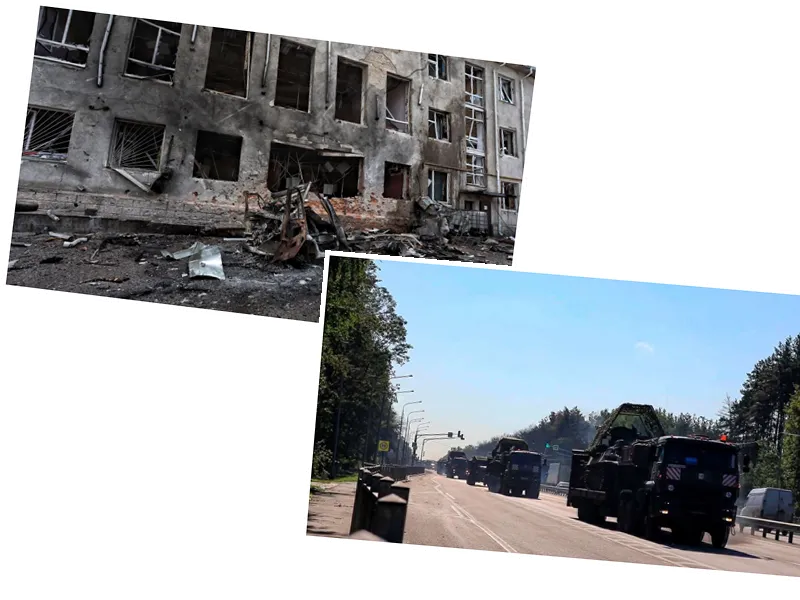Ukraine's Strategic Incursion into Russian Territory
In a bold maneuver, Ukrainian forces have made significant advances into Russian territory, particularly in the Kursk region. This operation, which began on August 6, has raised eyebrows in the international community, especially among U.S. officials who have been closely monitoring the situation. Ukrainian troops have reportedly moved approximately 35 kilometers into Russian territory, with some areas seeing advances of 1 to 3 kilometers. The incursion has led to the Kremlin being put on the defensive, forcing Russia to redirect troops from occupied Ukraine to counter this unexpected offensive.
The U.S. has supplied Ukraine with various weapons and vehicles, including HIMARS rocket launchers and Stryker combat vehicles. While the Biden administration had placed restrictions on the use of American weaponry within Russia, officials stated that Ukraine has not technically violated these limitations. The operation's success has been described as surprisingly effective, prompting discussions within the U.S. government about Ukraine's long-term objectives in this offensive.
Russia's Response and Military Adjustments
In response to Ukraine's advances, reports indicate that Russia is withdrawing some of its forces from frontline positions in Ukraine to reinforce defenses in the Kursk region. This military migration suggests that Moscow is taking the Ukrainian incursion seriously, as it attempts to regroup its troops around Kursk. U.S. military officials have noted that this strategy could potentially alleviate some pressure on Russian forces in other contested areas, such as Zaporizhia and Kherson.
With Ukraine claiming control over an area of over 1,000 square kilometers, the situation remains fluid. The Institute for the Study of War (ISW) has reported discrepancies in the reported territorial gains, highlighting the challenges of obtaining accurate information during wartime. As the conflict continues, the Kursk region has emerged as a critical flashpoint, with potential implications for future negotiations and military strategies.
- The Ukrainian offensive has reportedly captured around **400 square miles** of territory, prompting Russian authorities to declare emergencies and initiate large-scale evacuations. Senior U.S. officials have expressed interest in understanding Kyiv's objectives behind this cross-border raid, which was not communicated to the U.S. in advance. Mykhailo Podolyak, an advisor to Ukrainian President Volodymyr Zelensky, indicated that the goal of the raid is to create a "fair negotiation process" and inflict tactical defeats on Russia. The Kremlin's slow response to the incursion is notable, as it marks the first time Russia has lost sovereign territory since the onset of the conflict over two years ago. As the U.S. continues to support Ukraine's defense capabilities, the dynamics of the war seem to be shifting, with potential ramifications for both sides.






